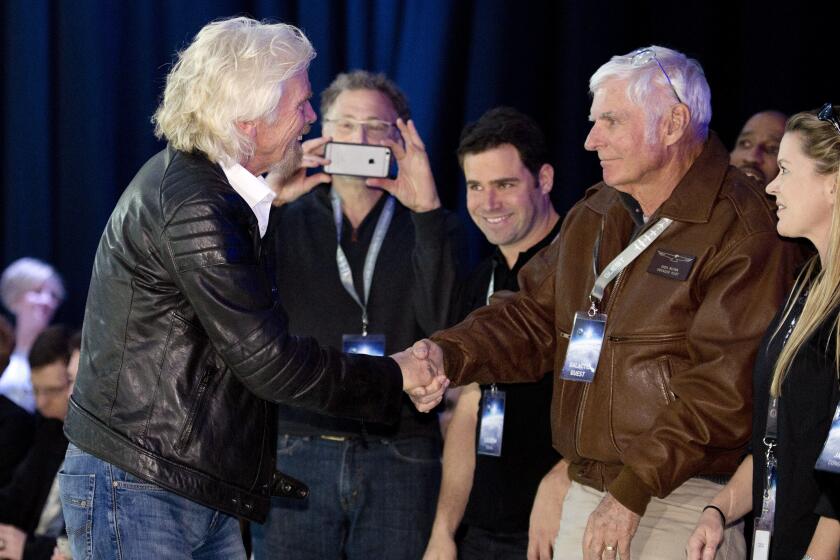Justices give mutual fund investors a crack at suing over exorbitant fees
The Supreme Court opened the door Tuesday for investors in the $11-trillion mutual fund industry to sue if they learn their fund’s stock advisors have charged them exorbitant fees.
But the justices also made it hard for plaintiffs to win such claims and warned judges against “second-guessing” the pay decisions made by an independent board of directors.
The mixed result came in one of this term’s most closely watched business cases.
The 9-0 ruling revived a lawsuit against the Harris Associates, the Chicago-based investment advisors for the Oakmark funds. The suit contended the advisors were violating a federal duty of trust to their individual investors by charging fees that were twice as high as those paid by pension funds.
But a federal judge and the U.S. Court of Appeals in Chicago threw out the suit before trial two years ago on the grounds that those fees were disclosed to the board and therefore were appropriate.
The Supreme Court set aside that decision Tuesday and sent the case back to Chicago for the judges to decide whether the fees were “so disproportionately large” that they must have arisen from a cozy deal between the advisors and the board.
But the high court devoted most of its opinion to explaining why these fee decisions should be left to the mutual fund boards, and not to judges and juries. The law relies “largely upon independent director watchdogs to protect shareholder interests,” said Justice Samuel A. Alito Jr., and judges owe “considerable deference” to the fees agreed upon by the board and its investment advisors.
The only exceptions, he said, were when the advisors hid important information from the board or when the fees were not “outside the range that arm’s-length bargaining” between an independent board and its advisors would produce.
Mutual funds have soared in size and number in recent decades, but their rates and fees are not strictly regulated by the government. Mostly, investors have to rely on the forces of the market.
The court noted that the number of mutual fund investors grew from 3.5 million in 1965 to 92 million in 2008. The assets under management rose from just $38 billion in 1965 to $10.88 trillion in January, according to the mutual fund industry.
The industry’s lawyers said they were pleased with Tuesday’s ruling in Jones v. Harris Associates, even though it revived a lawsuit.
“We’re pleased the court recognized the importance of independent boards of directors,” said Carolyn McPhillips, counsel for the Mutual Fund Directors Forum in Washington.
Meanwhile, the court in a 7-2 decision barred lawsuits by whistle blowers who sought to expose a fraud with federal funds that had already been revealed in an audit by a state or local agency.
But the decision appeared to have a limited effect because Congress recently changed the law in this area.
Writing for the court, Justice John Paul Stevens said the False Claims Act was designed to encourage true whistleblowers who revealed a fraud, but not to give a windfall to “opportunistic plaintiffs” who rush to the courthouse. The law allows these plaintiffs to claim a significant percentage of the money recouped by the federal government.
Justices Sonia Sotomayor and Stephen G. Breyer dissented, saying the law did not foreclose claims simply because a local or state agency had already revealed the facts. These reports are often overlooked or ignored, they said.
The decision in the whistle blower’s case may prove quite limited, however, since Congress added a provision to the recently enacted healthcare overhaul law that bars fraud reports from whistle blowers only when a federal agency has revealed the information.
This would permit future suits that reveal the misuse of federal funds, even if a state or local agency was aware of the misuse.







